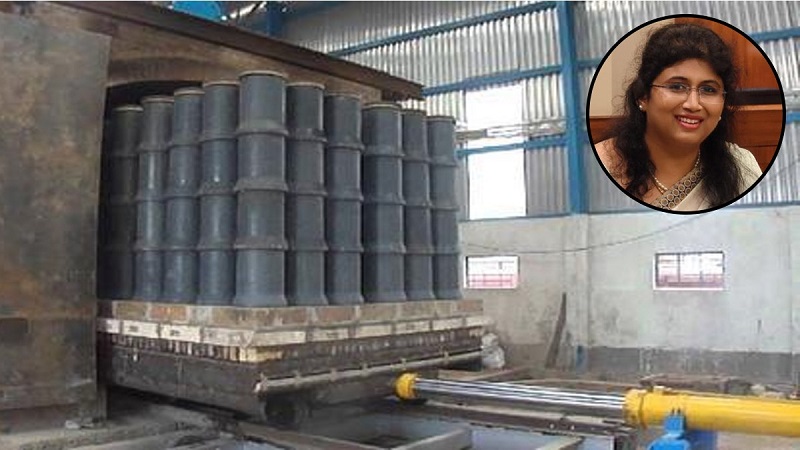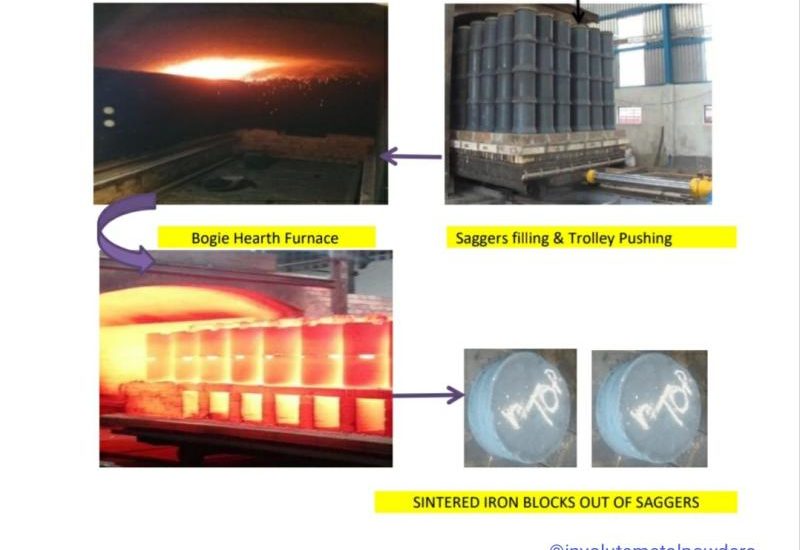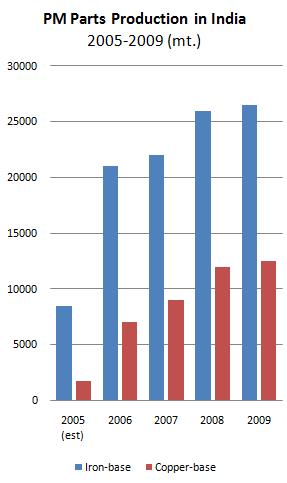In this unique and first of its kind situation after the Spanish
flu in 1918, it is a huge wakeup call of nature with around 2 Lakh factories in
India being shutdown with at least 5 billion-man days lost until now.
As India along with the rest of the world looks to determine
ways to tackle this pandemic some key elements that will determine the way forward
will be people, market demand, supply, and cash (liquidity).
As India moves toward the
true essence of swadeshi, the shift & focus will be surely on “Make in India”
which will see an influx of capital as companies shift base from China.
For Indian manufacturers who have so far been heavily dependent
on China like the rest of world, self-reliance and localisation will be the new
mantra for sustainability.
With restricted movement
of people, labour, goods, transport in India and across the world, technology
too shall have its own limitations and any setup without an alternate supply
will face a massive glitch due to hindrance in the supply chain, although government initiatives like the 20L crores
package for revival of the economy will help drive localisation.
It would be pertinent to look at one of the lesser known but an
extremely important and interesting technology driven sectors in our country,
the P/M (Powder Metallurgy) sector.
Powder
Metallurgy ( in short P/M )is an art in the science of
making metallic components from the corresponding constituent metal powders.
These metal powders produced are
compacted and sintered (diffusion bonded) to make the required machine
components called sintered parts.
Powder Metallurgy is
divided into two broad parts, one; manufacturing metal powders of ferrous and
non-ferrous metals and their alloys and the other; using powders to make the
parts.
80% of metal powders used in the P/M industry are Iron based
Powders while 20 % are nonferrous.
Almost a million tons of iron powder is used
worldwide each year. Around 90% of this quantity is used in the production of
sintered components & 75% – 80% of sintered components are used in the
automotive industry. The rest can be found in appliances, business machines,
bicycles, hand tools and other implements made in large numbers.
The history of sponge iron powders in INDIA goes to back to 350
A.D evidence of which can be seen in IRON PILLAR at Delhi.
However, it was in 1911, that Hoganas A.B. of Sweden, re-invented
the process of making sponge iron by a chemical reduction process, using
Magnetite Iron Ore as a melting feed stock. In 1931, the process evolved
towards the manufacture of sponge iron powder by employing double stage
reduction.
While HOGANAS SWEDEN holds the world’s largest market share of
sponge iron powder, the rest of the global players as QUEBEC & KOBE make
ATOMISED & REDUCED grades, Chinese companies sell a mix of these in India,
but their quality remains inconsistent.
India solely depends on imports of Iron Powders that are used
extensively for components required for the automotive sector, along with
welding, cutting and structural parts. Due to this unprecedented situation, it
has become extremely necessary to be independent and start the manufacturing in
India.
Here we would like to reinstate that these Iron Powders or any
other non-ferrous can be produced in India without any technological import or
assistance.
One day in the year 1982, the legendary late Dr. Henry
H.Hausner, the International Authority and Father of Powder Metallurgy ,told our mentor Mr. S.
Mohanty, “The basics of Powder Metallurgy, is a game of sizes and shapes
of powder particles and is an ART of its class”.
For Mr.S. Mohanty the researcher and inventor in this technology ,it has been a long journey of more than four
decades of persistent efforts of pioneering applied research that led to the
development of this technology . It continues even to this day with many
proprietary works some of which that are patented vide Indian Patents nos.
154181, 168601, 171892 & 18635.
Our company Involute Metal Powders (IMPT) formerly S Mohanty
& Co. been instrumental in setting up many metal powder industries in India
for the manufacture of Copper, Bronze, Tin , Diluted Bronze and other alloy
powders.
‘Ironically though, even after being the only technology
provider in the world for the manufacture of sponge iron powder by the reduction process
other than Hoganas, India still lags
behind significantly in setting up a manufacturing facility which can stand at
par with world standards and break the monopoly of the Iron Powder giant of the
world.’
An indigenous process for manufacture of Sponge Iron powder has
been developed by the erstwhile S.Mohanty & Co registered under patent
no. 154181. The process involves two stage reduction of Iron Mill Scales,
instead of Magnetite. This process remains unique as no other REDUCTION process
has been developed so far nor could a prototype of the Hoeganaes process be
implemented anywhere in the world. In yet another first, Involute Metal Powders
has developed a high compressibility Iron Powder by the same two stage
reduction of Mill Scales (vide Patent no.171292) .
Some APPLICATIONS OF
IRON POWDER
- Self-lubricating
bearings
- Parts with complicated
geometry where high green strength is essential.
- Shock absorber parts
- High density P/M
structural parts
- Clutches and pulleys
- Brake pads and brake
shoes
- Soft magnet
applications
- Welding electrodes
- Metal Cutting &
Scarfing
The Indian Automotive industry is the world’s fourth largest and
expected to reach around 18 trillion rupees (US$ 251.4-282.8 billion) by
2026.
While the Two-wheeler industry consumes approx. 90,000 tons
of metal powder per year, the
Four-wheeler industry consumes around 75,000 tons per annum.
Thus even though the total consumption of sponge iron powder in
INDIA is approx 132000 tonnes/year, we are yet to meet the demand of the
market.
The drawback of not having indigenous factories to produce metal
powders and the resultant dependence on imports makes for an expensive
proposition and depletes market competitiveness.
Foreseeing a future where World economic and technological
situations will alter post COVID, setting up captive plants for in -house
consumption and huge standalone manufacturing facilities would help cater to the
demands of Indian and Asian Markets that are growing rapidly.
With emphasis on MAKE IN INDIA initiative & ATMANIRBHAR BHARAT
by our honourable Prime Minister, the Indian government will incentivise the
industry and its end users to go for indigenous products, processes, and
innovative projects.
An initiative by a local giant or a start-up to go for an indigenous process to manufacture Iron Powder would go a long way in taking India towards being a game changer for the Powder Metallurgy industry and a market leader in the field.
Soumya Vilekar, entrepreneur, a joint patent holder in metal powders,
CEO, INVOLUTE METAL POWDER TECHNOLOGIES LLP
www.powdertechnologies.com

 Business4 weeks ago
Business4 weeks ago
 Business4 weeks ago
Business4 weeks ago
 World4 weeks ago
World4 weeks ago
 Technology4 weeks ago
Technology4 weeks ago
 Business4 weeks ago
Business4 weeks ago
 Business3 weeks ago
Business3 weeks ago
 Entertainment3 weeks ago
Entertainment3 weeks ago
 Science3 weeks ago
Science3 weeks ago





 80%+ job placement rate for DigiRoads Classes students.
80%+ job placement rate for DigiRoads Classes students. Live Digital Marketing Projects – Gain direct experience running SEO, PPC, and social media campaigns.
Live Digital Marketing Projects – Gain direct experience running SEO, PPC, and social media campaigns.